
Find out how much carpenters charge, including average rates, cost factors, and tips to help you budget for your next carpentry project.
A broken spindle doesn’t mean replacing the entire railing
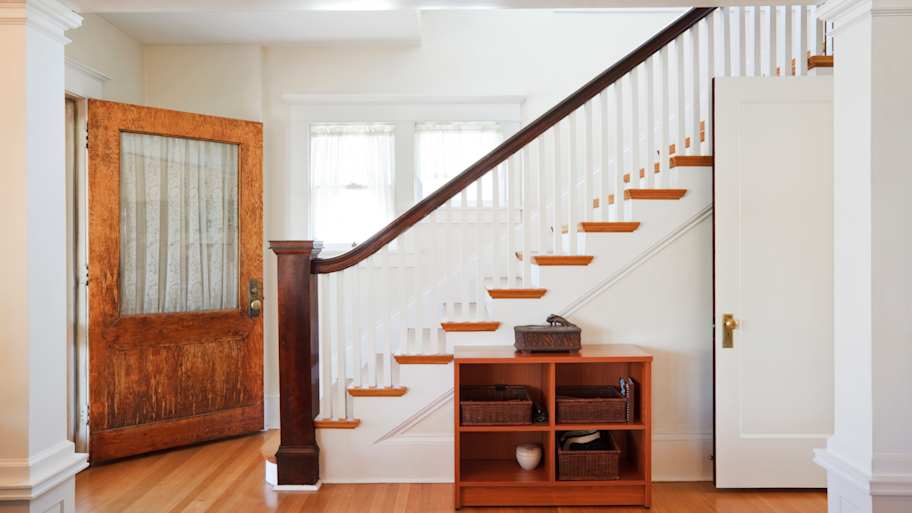

A loose, cracked, or broken railing spindle isn't just one of those annoying things on your to-do list—it's a safety hazard that needs to be fixed ASAP. Whether your spindle has suffered damage from daily wear, a mishap, or simply age, replacing it is a straightforward DIY project that most homeowners can tackle in an afternoon. This guide will walk you through how to replace a railing spindle, including removing the damaged piece and installing a new one that matches your existing railing perfectly.

With any luck, you have a couple of leftover spindles from the original installation hiding in your storage area. But if not, before removing anything, take precise measurements of your current spindle to ensure you purchase the correct replacement. Measure the railing height, including the length from the bottom of the top rail to the top of the bottom rail or stair tread. Also, measure the diameter or width of the spindle, as they come in various sizes.
Take note of the spindle's style and material—whether it's wood, metal, or composite—and any decorative details that need to match your existing railing design. This is also a good time to inspect the surrounding railings for any other damage that may need attention, so you can address everything at once.
Take your measurements and a photo of your existing railing to your local home improvement store. Most stores carry standard spindle sizes and styles, but you may need to special order if you have an unusual design. Consider buying an extra spindle or two in case you need to make future repairs. If it’s an outdoor staircase, ensure it meets local railing requirements for decks and building codes.
Put on safety glasses and work gloves before beginning removal. Most spindles are secured with screws from underneath the top rail and into the bottom rail or tread. Use your drill to carefully remove these screws, keeping track of their size and length for reinstallation. If the spindle is glued in place, you may need to gently work it loose with a chisel and hammer. For spindles that are dadoed (set into grooves), which is more common in older or custom wood railings, you might need to cut them out with a hacksaw, being careful not to damage the surrounding railings.
Once the old spindle is removed, clean out any debris, old glue, or wood shavings from the mounting area. Sand any rough edges smooth with 120-grit sandpaper to ensure a clean fit for the new one.
Before permanently installing your replacement, do a test run to make sure everything aligns properly. The spindle should fit snugly between the top and bottom rails without forcing it into place. Check that it's plumb using your level, and verify that the spacing matches the existing spindles on either side. If the fit is too tight, lightly sand the ends of the spindle to achieve a better fit. If it's too loose, you may need to add shims or use a slightly larger spindle.
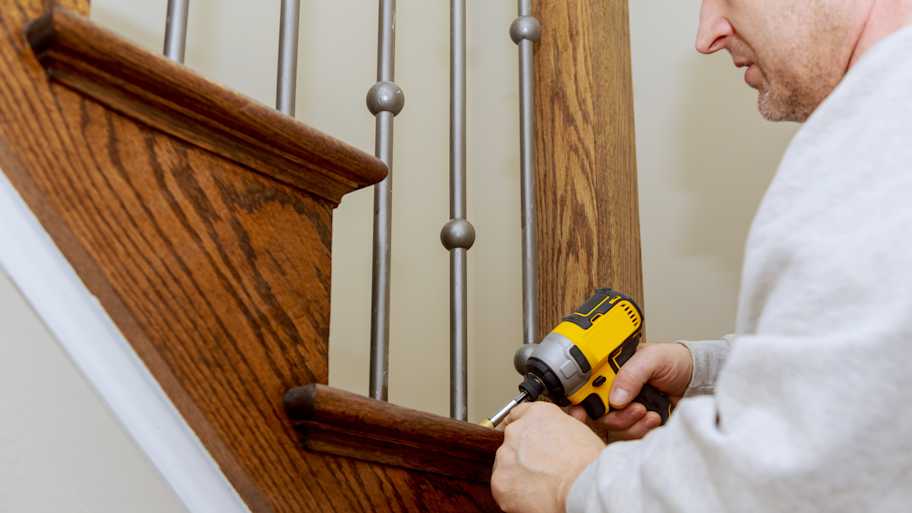
Pre-drill pilot holes to prevent the wood from splitting, especially if you're working with hardwood spindles. Apply a small amount of wood glue to the contact points where the spindle will meet the rails. Position the spindle carefully and secure it with screws from underneath the top rail and into the bottom rail. Make sure the spindle is perfectly vertical before fully tightening the screws.
If your new spindle doesn't exactly match the color or finish of your existing railing, you'll need to apply stain or paint to blend it in. Clean the spindle with a cloth to remove any dust, then apply your chosen finish according to the manufacturer's instructions. For best results, consider touching up or painting the stair railing in its entirety to ensure a uniform appearance. If the entire staircase is in rough shape, consider refinishing the stair railings all the way up. Allow the finish to dry completely before letting kiddos or pets run up the stairs.
Replacing a railing spindle seems straightforward, but several common mistakes can make this simple project more complicated:
Mis-measuring: Always double-check your measurements before purchasing a replacement spindle. A spindle that's even slightly too short or too long won't provide proper support or may not fit at all.
Ignoring building codes: Different areas have specific requirements for spindle spacing and height. Make sure your replacement meets localcodes to avoid potential safety issues or problems when selling your home.
Rushing the removal process: Take your time when removing the old spindle to avoid damaging the surrounding railings. Rushed removal can damage other parts of your staircase.
Skipping the pilot holes: Always pre-drill holes when installing screws, especially in hardwood. This prevents splitting and ensures a secure installation.
Replacing a single railing spindle is typically an excellent DIY project for most homeowners. The process is straightforward, requires only basic tools, and can save you significant money compared to hiring a professional. Compared to the $15 to $150 cost of purchasing DIY supplies, plan to pay a professional $75 to $200 per spindle.
However, professional installation makes sense if you're uncomfortable working with power tools, if your railings are made from expensive materials where mistakes would be costly, or if you discover structural issues with the railing system during your inspection, which may mean you need to build a new stair railing. Consult with local stair companies near you to ensure the job is done safely and correctly.
From average costs to expert advice, get all the answers you need to get your job done.

Find out how much carpenters charge, including average rates, cost factors, and tips to help you budget for your next carpentry project.
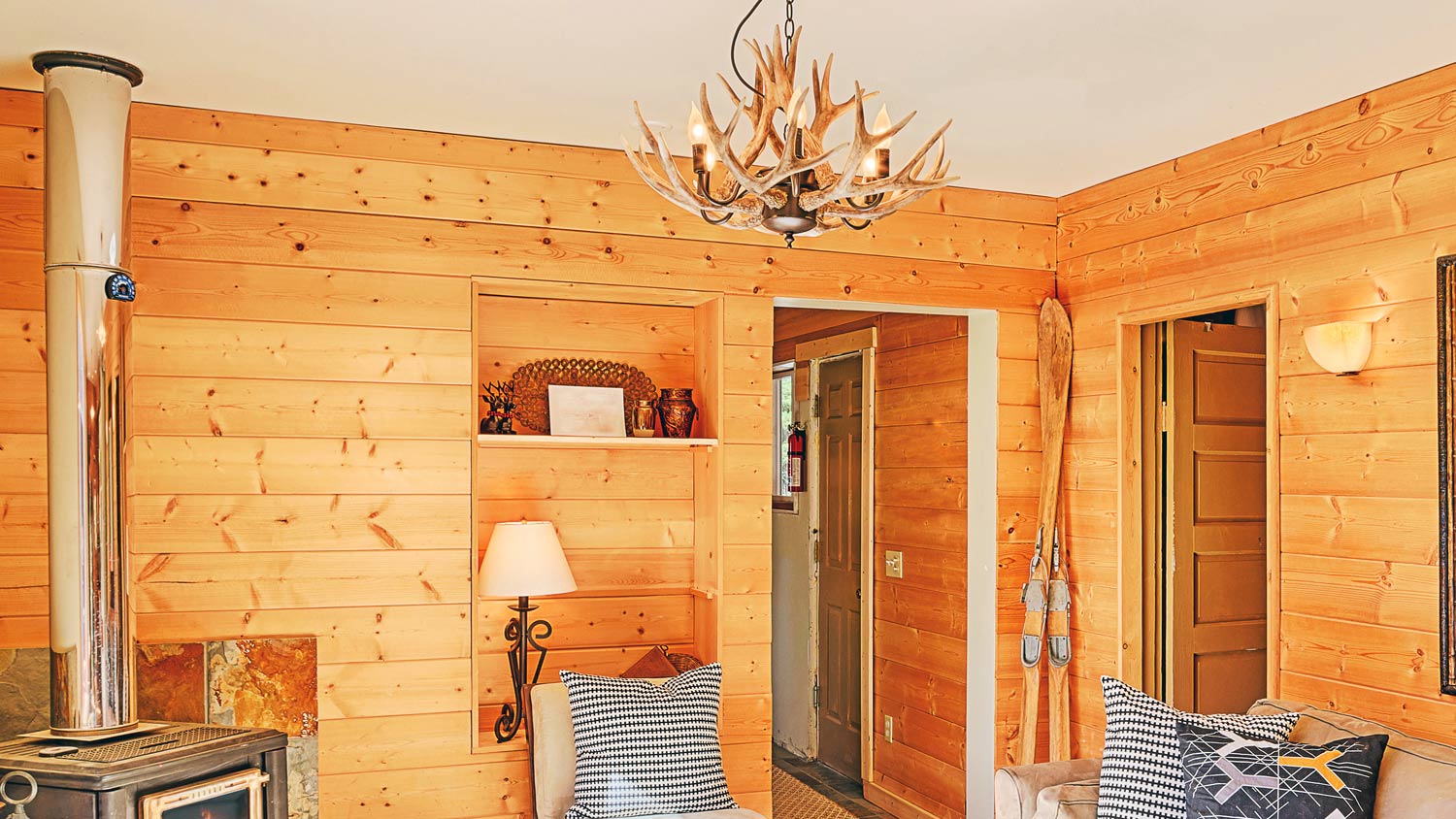
Get the facts on the cost to remove wood paneling, including average prices, key factors, and tips to help you budget your project with confidence.

Whether you need to heat your home for the winter or simply enjoy lighting a fire occasionally, it's helpful to know the cost of a cord of wood in your area.
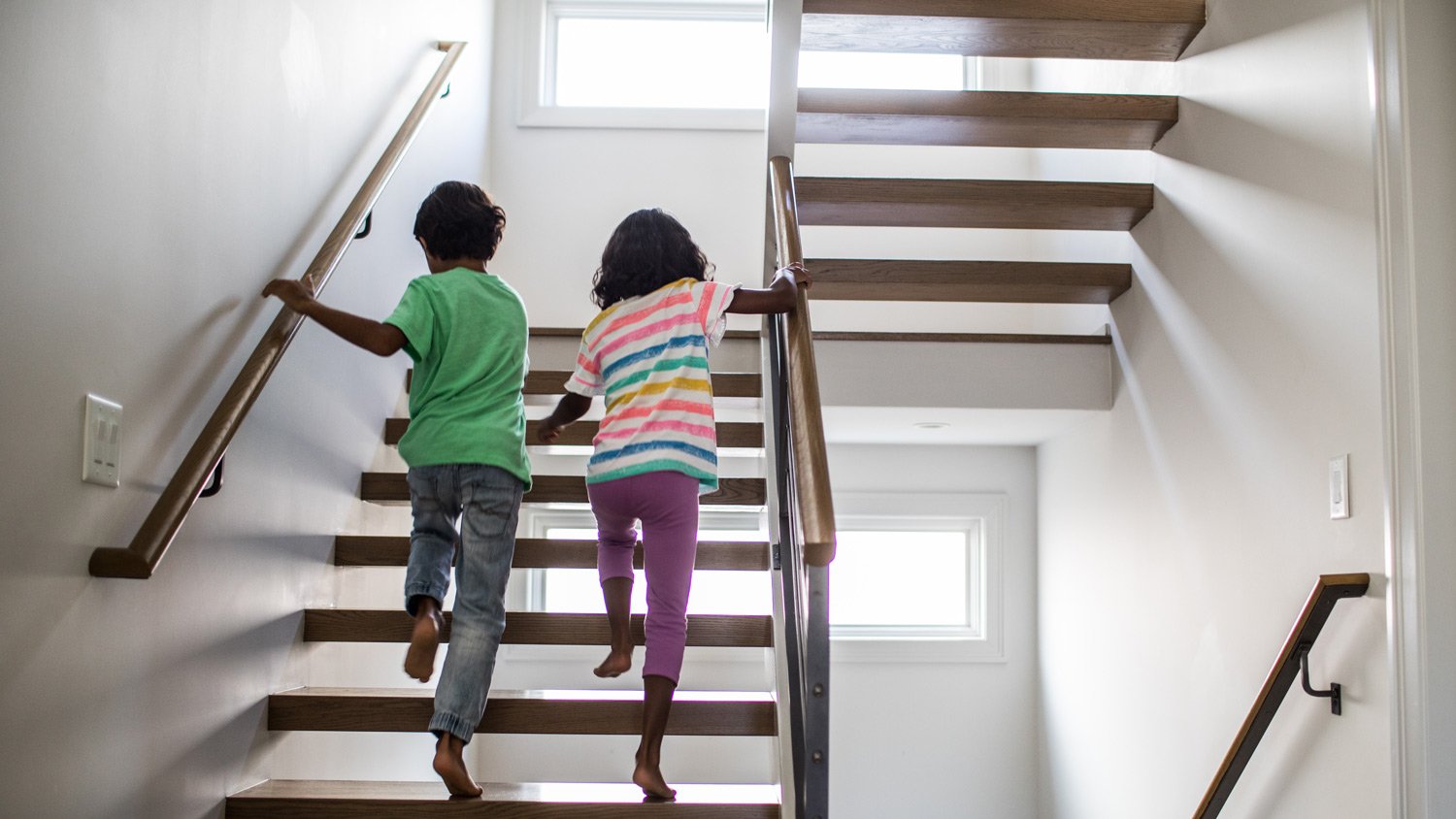
Discover how to install hand railing on a wall in a few simple steps to add safety and style to your staircase that meets or exceeds building code standards.

Does crown molding add value to your home? It adds aesthetic value to some designs, but you should install it less because of ROI and more because you love it.
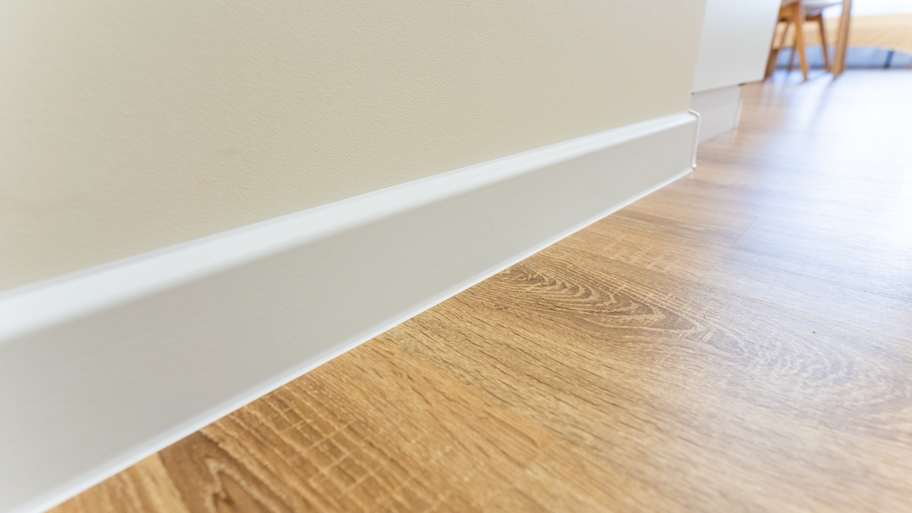
Shopping for budget-friendly wood trim options? Compare MDF baseboards versus pine for a look that best suits your design needs while staying on budget.